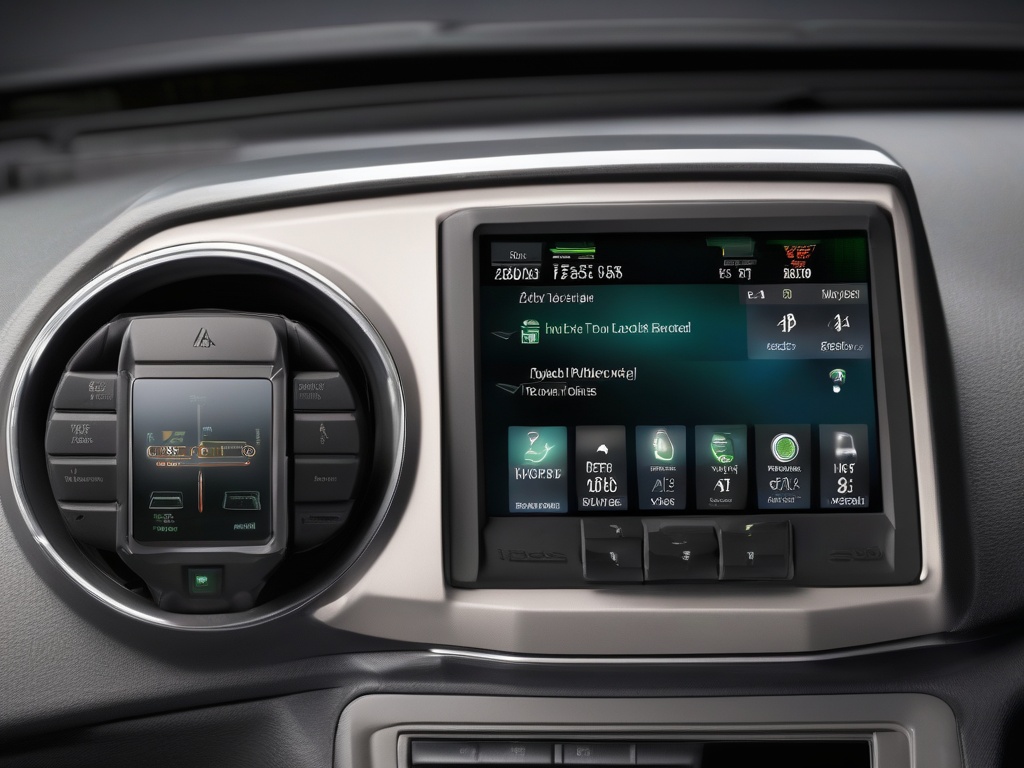Unveiling the Power of Ignition Interlock Devices: Your First Line of Defense Against Drunk Driving
In an era where road safety is paramount, Ignition Interlock Devices (IIDs) have emerged as a groundbreaking solution to combat drunk driving. These sophisticated breathalyzer systems are installed directly into a vehicle’s ignition, serving as a vigilant gatekeeper that prevents impaired individuals from operating their cars. Imagine a device that not only detects alcohol but actively intervenes to save lives; that is the transformative power of IIDs. As governments and communities intensify efforts to reduce alcohol-related accidents, understanding how these devices function and their significance becomes crucial for both offenders and the general public.
At the core of IIDs lies a simple yet powerful principle: preventing intoxicated individuals from starting their vehicles. When a person attempts to operate the vehicle, they must first breathe into the device, which then measures their blood alcohol concentration (BAC). If the BAC exceeds the preset limit—often as low as 0.02%—the vehicle remains immobilized, and ignition is denied. This real-time intervention acts as a deterrent against drunk driving, encouraging responsible behavior. Moreover, many devices require periodic retests during operation, adding an extra layer of security. These features collectively make IIDs a formidable tool in reducing alcohol-related crashes, injuries, and fatalities, effectively turning a vehicle into a guardian of road safety.
The Science Behind Interlock Technology: How These Devices Reinforce Road Safety
At the core of the effectiveness of Ignition Interlock Devices (IIDs) lies a sophisticated blend of science and engineering that continuously evolves to meet the demands of modern road safety. These devices harness advanced sensor technology and precise algorithms to ensure that only sober drivers can start their vehicles. The science behind this innovation is rooted in meticulous chemical detection methods, which have been refined over years to deliver rapid and accurate BAC assessments. This scientific foundation makes IIDs not just a deterrent but a robust barrier that actively prevents impaired driving.
One of the key technological breakthroughs is the use of fuel cell sensors. These sensors operate on electrochemical principles, detecting alcohol molecules in the breath sample with remarkable sensitivity. When a person blows into the device, the alcohol molecules interact with the sensor, generating an electrical signal proportional to the alcohol concentration. This real-time data is then processed by embedded microprocessors, which determine whether the BAC falls within the permissible range. The result is a swift decision—either allowing the vehicle to start or immobilizing it instantaneously—making sure that impaired individuals are effectively prevented from driving.
Furthermore, the integration of rigorous calibration protocols ensures that these devices maintain their precision over time. Regular self-checks and external calibrations guarantee that the sensors produce consistent, reliable results, reinforcing their role as a scientifically validated safety measure. Beyond detection, some models incorporate anti-tampering features such as encryption and physical security measures, preventing manipulation and ensuring the integrity of the device’s operation. This meticulous scientific engineering underpins the reliability of IIDs and exemplifies how cutting-edge technology can be harnessed to save lives on the road.
In essence, the science behind interlock technology is a testament to human ingenuity—transforming complex chemical detection into a straightforward, life-saving application. By continuously improving sensor accuracy, response speed, and tamper resistance, these devices exemplify the pinnacle of technological innovation aimed at fostering safer driving environments and reducing the devastating toll of alcohol-related accidents.
Navigating Legal and Personal Impacts: Mastering the Road to Responsible Driving with Interlocks
Driving under the influence can lead to profound legal consequences, and the integration of Ignition Interlock Devices (IIDs) into the judicial process has reshaped how offenders are monitored and rehabilitated. Courts often mandate the installation of IIDs as part of sentencing, recognizing their role in fostering accountability and promoting safer roads. These devices serve as a tangible reminder of the gravity of impaired driving, and their presence is often accompanied by strict compliance requirements. Offenders must adhere to calibration schedules, periodic reporting, and device maintenance, which are closely scrutinized by legal authorities. Failure to comply can result in additional penalties or license suspension, emphasizing the importance of understanding and respecting the conditions tied to IID usage. This legal framework underscores a broader commitment to reducing repeat offenses while emphasizing personal responsibility, making IIDs not just a safety tool but an essential element of legal enforcement.
While the adoption of IIDs significantly enhances road safety, it also raises questions about individual autonomy and privacy. For many drivers, especially those who rely on their vehicles daily, the device can feel intrusive—requiring breath samples at unpredictable moments and monitoring behavior closely. Yet, this perceived infringement is a small sacrifice for the greater good: preserving lives and preventing tragedies. Understanding that responsible driving is a shared societal obligation can transform the experience from an inconvenience into a moral commitment. Moreover, many users report that IIDs serve as a powerful reminder of their personal responsibility, encouraging sober decision-making beyond just the device’s operation. Striking a balance between personal rights and collective safety involves transparent communication, education about the technology’s purpose, and ongoing support for offenders navigating this new chapter of their driving lives. Ultimately, mastering this balance is key to fostering a culture of responsible driving and ensuring that the road remains a safe space for everyone.

